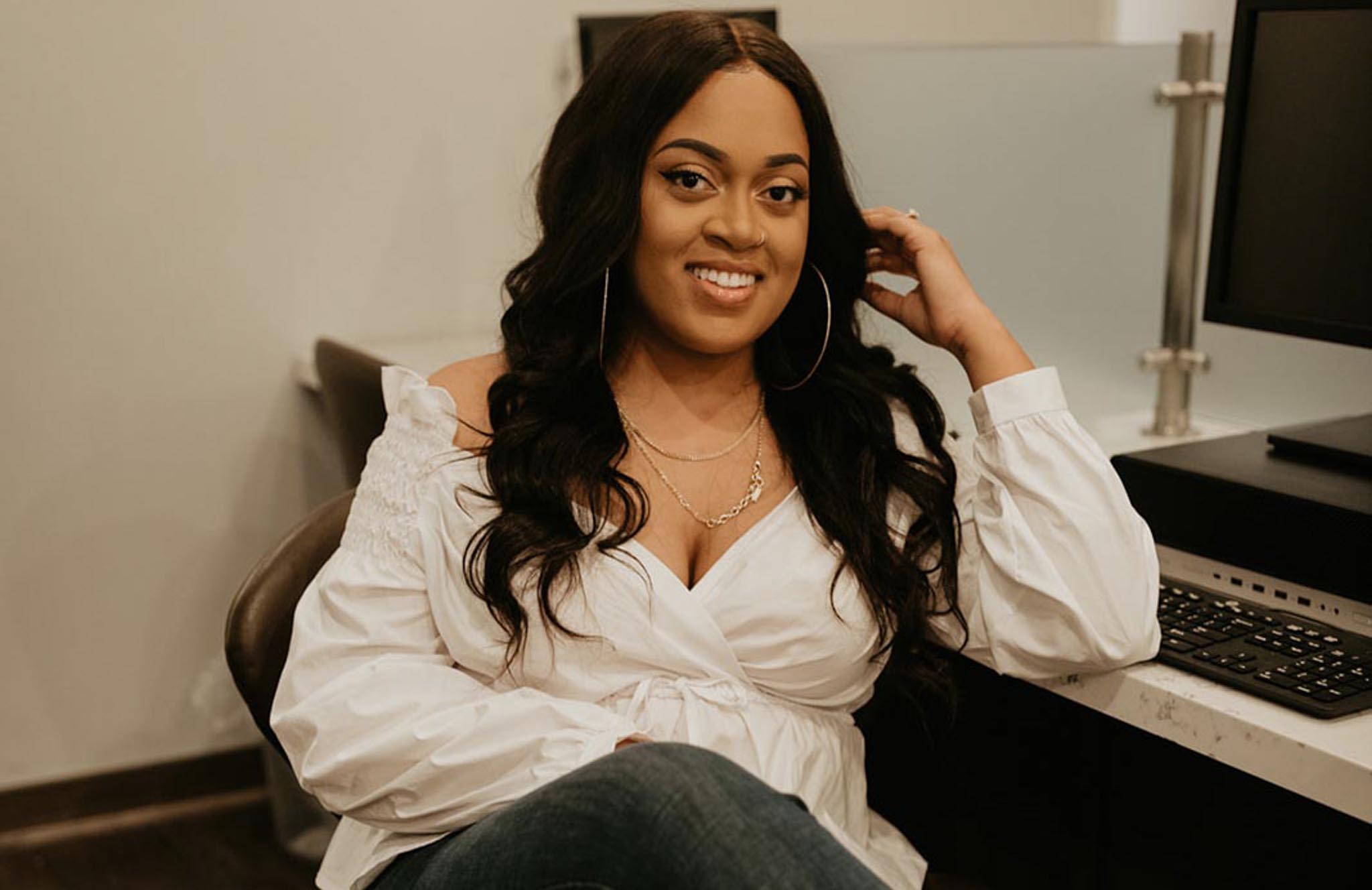The Real Difference Between High-End and Low-End Website Designers
I can't scroll very far on my Threads feed without seeing another entrepreneur looking for a website designer. And while most people may be surprised by the number of designers who throw their hat in the ring, I’m always more surprised by the range of pricing, especially when it's shared without even knowing the scope of the project. Some might call that a red flag (and honestly, fair), but I try not to judge.
One designer may quote $5,000+ for a custom website, while another charges $500 for what sounds like the same thing. To the average person, it's hard to tell the difference. But once you zoom in, the gap between high-end vs low-end website designers is wider than it looks, and the real difference isn’t just the price. It’s about what you’re actually investing in.
Education & Skill Investment – Why Experience Changes the Price
High-end designers typically have years of skin in the game, refining their craft. They've likely invested in education, advanced courses, mentorships, and coaching to sharpen their design, strategy, and marketing skills. This investment translates to smarter decisions, better user experience, and websites that actually convert.
Lower-cost designers may still be learning. That $500 price tag might reflect a DIY education from YouTube University (hey, we all have to start some where) or a few template-based projects under their belt. That doesn’t make them bad, just earlier in their career. But it does mean you may be paying for trial-and-error.
Speed & Efficiency– The Value of a Proven Web Design Process
When you've designed dozens (or hundreds) of websites in the same niche, it becomes like second nature. High-end designers move faster, know what to look for, where common problems occur, and how to create high-converting pages without wasting time—and they charge accordingly.
Lower-cost designers usually need more time to figure things out. This can stretch out project timelines and eat up their availability, especially if they're juggling marketing, client acquisition, and project management alone.
Project Management & Client Experience – More Than Just Building Pages
Speaking of project management, a high-end designer doesn't just build your website, they run your project. From onboarding and strategy to timelines and revisions, the experience is smooth, clear, and communicative. You're not left wondering "what's next?" or chasing them down for updates. Many even have a virtual assistant or project manager supporting things behind the scenes. And if they don’t, they likely have a well-oiled, repeatable process they've refined over time to make sure your project runs like clockwork.
On the other hand, lower-end designers often skip a defined process altogether. That can leave you chasing down updates, doing more of the heavy lifting, and constantly wondering what happens next.
Niched Experience – Why Industry Knowledge Matters
Many experienced designers choose to niche down, whether that’s by industry (like beauty, wellness, or events) or platform (like Webflow or Showit). This means they know what works for your audience, your market, and your type of services. They’re not just designing something pretty—they’re designing with purpose.
Lower-end designers often take on anything and everything. That "jack-of-all-trades" approach can lead to generic, one-size-fits-all websites that don’t speak to your audience.
Capacity & Client Load – A Boutique Service vs. Production Line Experience
And then there's the fact that lower-cost designers have to work with more clients to make a living. That means less time and energy devoted to your project. High-end designers, on the other hand, intentionally limit their workload so they can provide a more personalized, high-touch experience.
It’s the difference between a boutique experience and a production line.
Reputation, Demand, & Results – What You’re Really Investing In
Designers who are in demand—and have the testimonials, case studies, and word-of-mouth referrals to prove it, can charge more because their work speaks for itself. They’re not just selling websites; they’re selling peace of mind, expertise, and measurable results.
Lower-end designers may still be building up that reputation, so their prices reflect their experience level and the trust they still need to earn.
The Bottom Line: How to Choose the Right Website Designer
When you invest in a high-end website designer, you’re not just buying pages on the internet. You’re paying for a strategist and creative partner who knows how to turn clicks into clients. That kind of investment shows up in every corner of your business, from brand perception to conversion rates.
And truthfully? Choosing a cheaper designer can end up costing more in the long run. I can’t tell you how many times I’ve had to come in after a not-so-great experience and essentially rebuild a site from scratch. It’s frustrating for the client, it slows down your momentum, and you’re now paying twice for something you hoped to only invest in once.
So the next time you’re comparing designers, don’t just look at the price tag. Look at what’s behind it. Because when it comes to websites, you usually get what you pay for.
Need help figuring out if you’re ready for a high-end website experience? Submit an inquiry and let’s talk about it.



.jpg)


